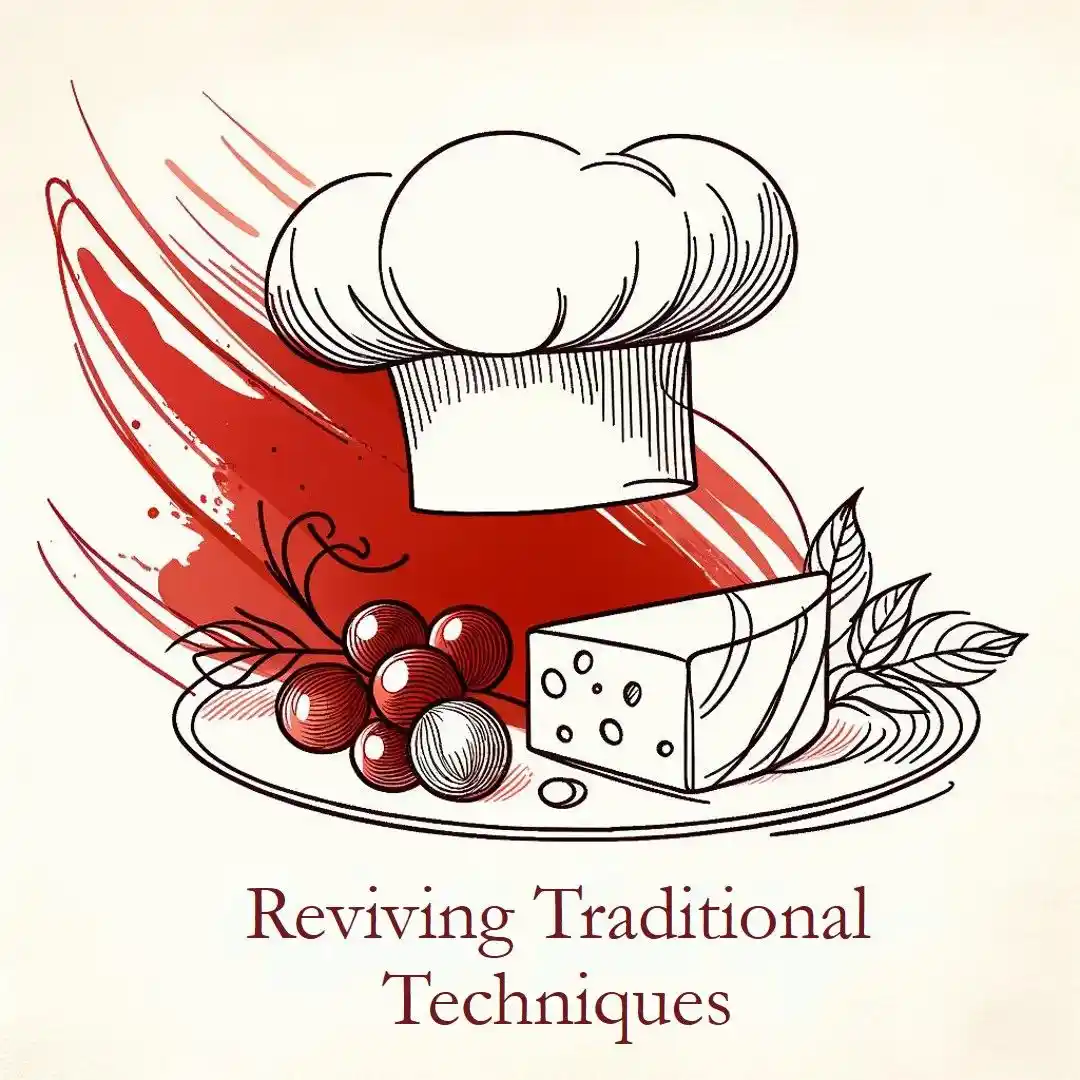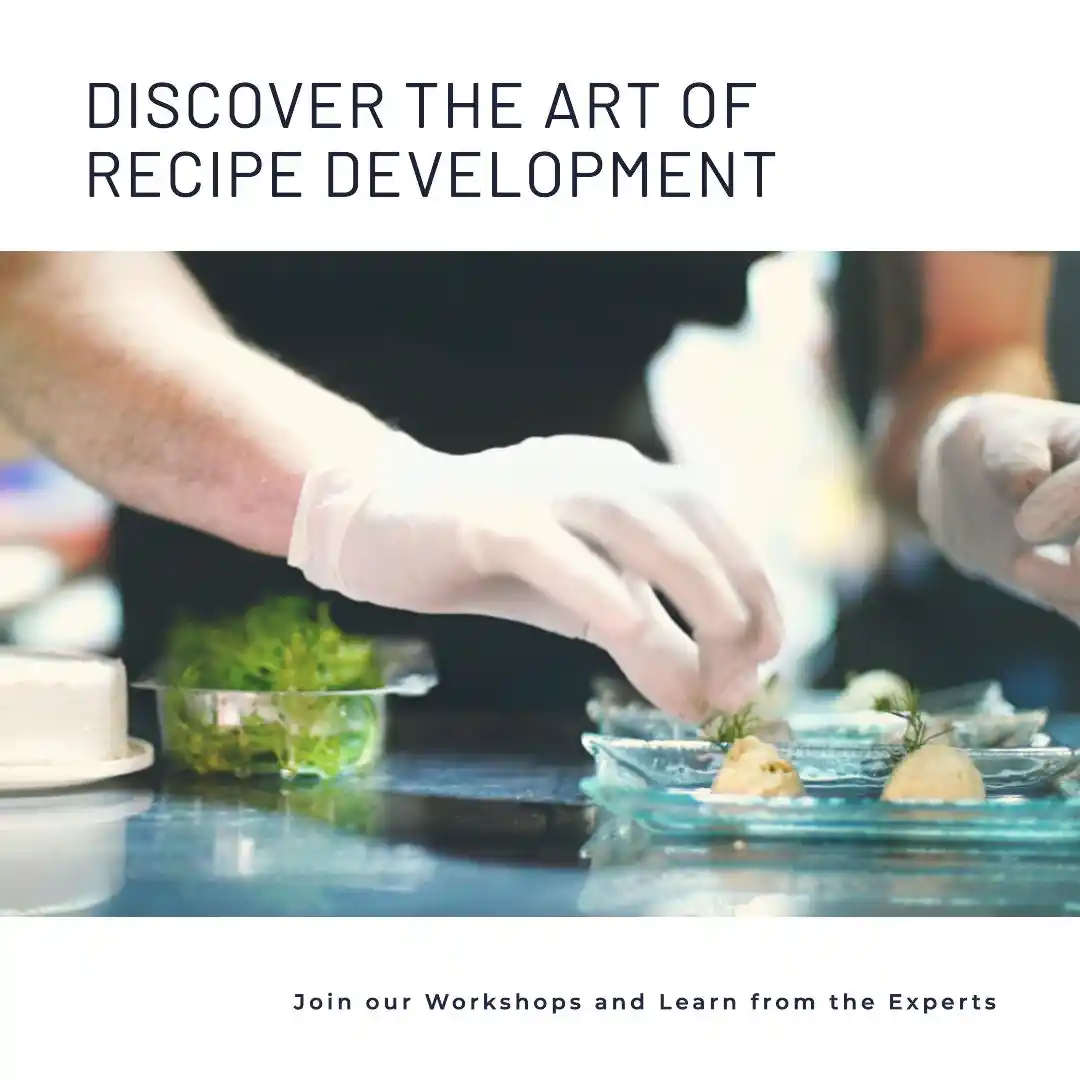Introduction
The culinary world is a fascinating blend of tradition and innovation. While cutting-edge techniques and ingredients constantly emerge, there’s a growing appreciation for the time-tested wisdom of traditional culinary practices. At Tasteology, a global culinary consultancy, we believe that incorporating these classic techniques into modern recipes can unlock new levels of flavor, texture, and overall dining experience.
This blog post explores the exciting intersection of tradition and innovation in the culinary landscape. We’ll delve into the benefits of incorporating classic techniques, examine specific examples, and discuss how Tasteology can help food businesses leverage this powerful combination to create truly exceptional products.
Why This Topic Matters
In today’s competitive food industry, consumers are increasingly discerning. They crave authentic, flavorful experiences that go beyond the ordinary. By embracing traditional culinary techniques, food businesses can tap into a rich heritage of culinary knowledge and craftsmanship. This approach not only enhances the quality and taste of their products but also resonates with consumers seeking genuine and memorable culinary experiences.
The Power of Traditional Techniques
Traditional culinary techniques, honed over generations, often involve meticulous processes and a deep understanding of ingredients. These methods can impart unique flavors and textures that are difficult to replicate with modern shortcuts.
Fermentation: A Timeless Technique with Modern Appeal
Fermentation, a process used for centuries to preserve and enhance food, is experiencing a resurgence in modern cuisine. From sourdough bread to kimchi and kombucha, fermented foods offer complex flavors and potential health benefits, aligning with current consumer trends towards gut health and natural ingredients. (Foodness Gracious)
Slow Cooking: Rediscovering the Art of Patience
In our fast-paced world, the slow cooking methods of our ancestors are finding renewed appreciation. Braising, stewing, and confit techniques allow flavors to develop deeply and create incredibly tender textures. These methods, often used in traditional cuisines worldwide, offer a comforting and satisfying dining experience.
Handcrafted Techniques: Elevating the Culinary Experience
From hand-rolled pasta to artisanal bread making, the human touch in food preparation adds a unique dimension to the culinary experience. These handcrafted techniques, often passed down through generations, represent a dedication to quality and craftsmanship that resonates with discerning consumers.
Modern Applications of Traditional Techniques
Chefs and food innovators are increasingly finding creative ways to integrate traditional techniques into modern recipes.
Example 1: Sous Vide with a Traditional Twist
Sous vide, a modern technique that involves cooking food in a temperature-controlled water bath, can be combined with traditional flavor profiles and ingredients. For instance, a classic French dish like boeuf bourguignon can be cooked sous vide to achieve perfect tenderness and then finished with a traditional red wine reduction.
Example 2: Molecular Gastronomy Meets Classic Flavors
Molecular gastronomy, known for its innovative use of science and technology in cooking, can also draw inspiration from traditional techniques. Chefs can use techniques like spherification to create innovative presentations of classic flavors, such as balsamic vinegar “caviar” or olive oil “pearls.” (Moments Log)
Tasteology’s Expertise in Blending Tradition and Innovation
At Tasteology, we specialize in helping food businesses develop innovative and delicious products that leverage the best of both worlds. Our team of culinary experts and food scientists deeply understands traditional culinary techniques and modern food science principles. We work closely with clients to:
- Develop unique recipes that blend classic techniques with modern ingredients and flavor profiles.
- Optimize existing products by incorporating traditional methods to enhance flavor and texture.
- Provide expert guidance on ingredient sourcing, processing techniques, and product development.
Practical Tips for Incorporating Traditional Techniques
- Start with research: Explore traditional cuisines and culinary techniques that align with your brand and target audience.
- Experiment with ingredients: Find high-quality, locally sourced ingredients that complement traditional methods.
- Embrace simplicity: Sometimes, the simplest traditional techniques can have the most profound impact on flavor.
- Don’t be afraid to adapt: Traditional techniques can be modified and adapted to suit modern tastes and dietary needs.
Conclusion
The fusion of traditional culinary techniques and modern innovation offers exciting possibilities for the food industry. By embracing the wisdom of the past and combining it with the creativity of the present, food businesses can create products that are both delicious and deeply resonant with consumers.
Tasteology is dedicated to helping food companies navigate this exciting landscape. We provide the expertise and support needed to develop innovative products that capture the essence of tradition while meeting the demands of the modern market. Contact us today to learn more about how we can help you achieve your culinary goals.


